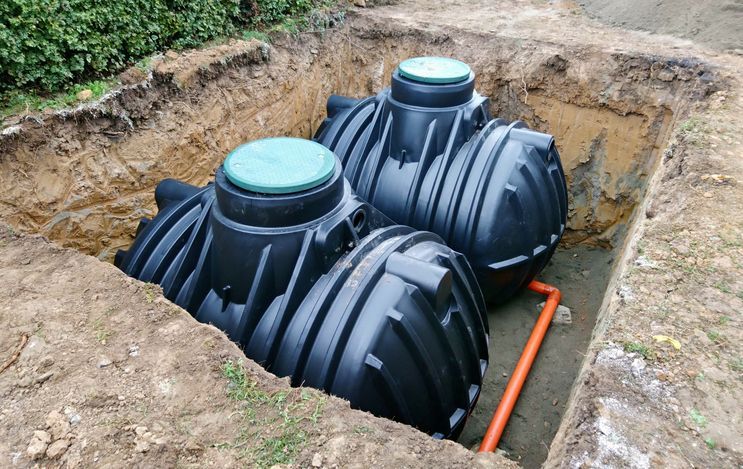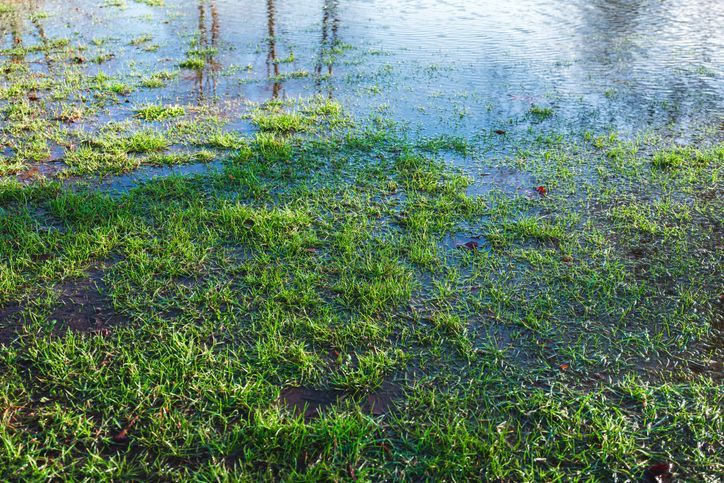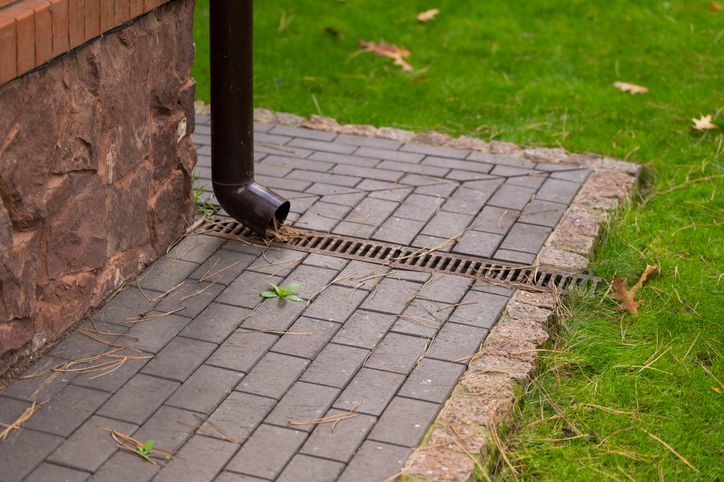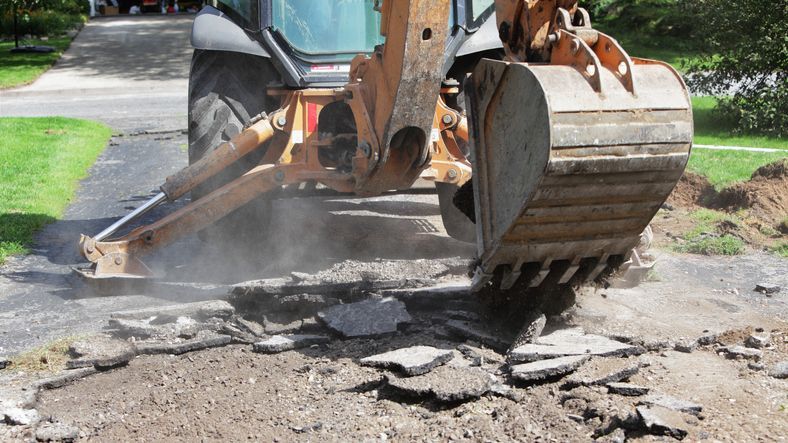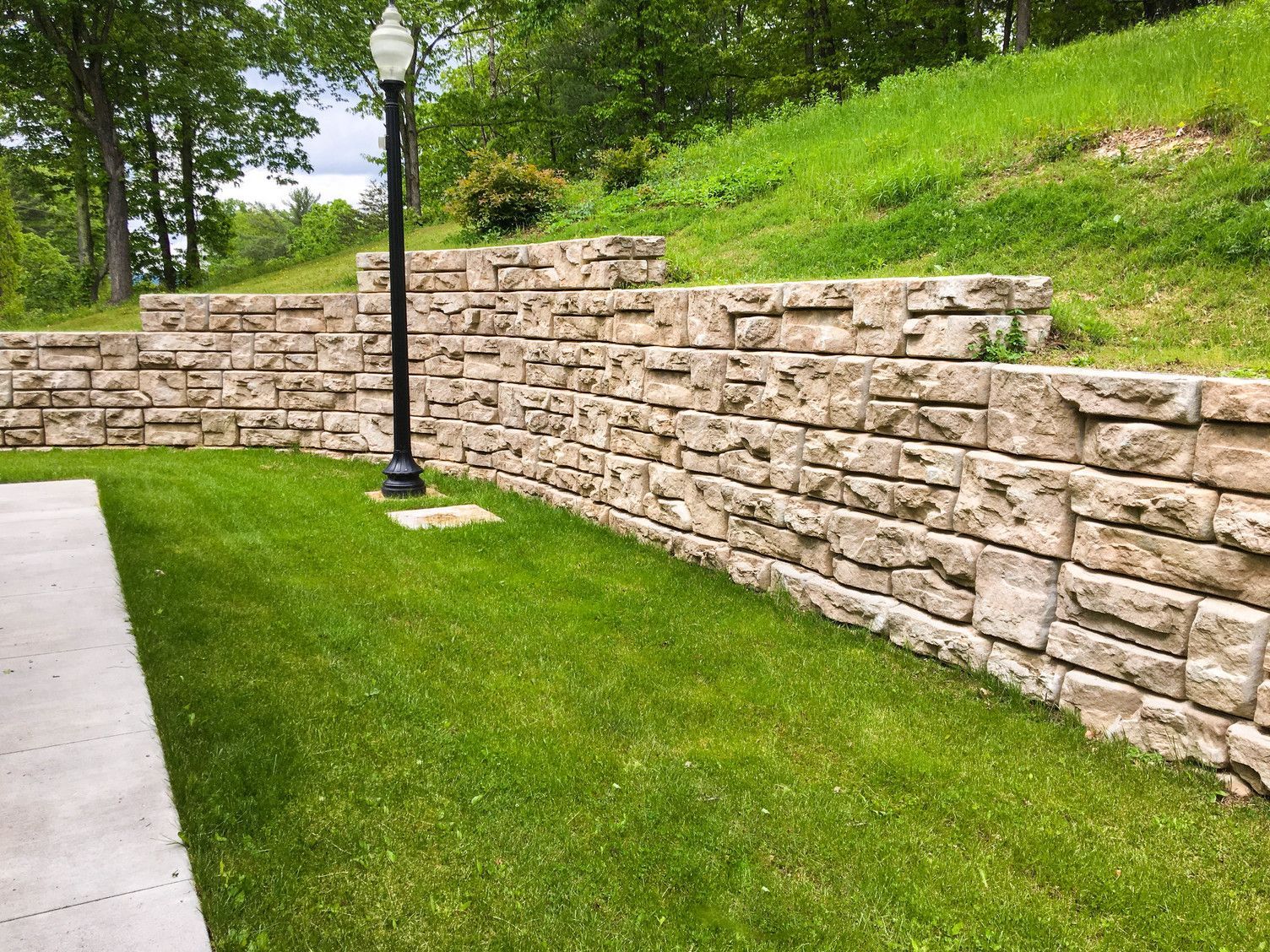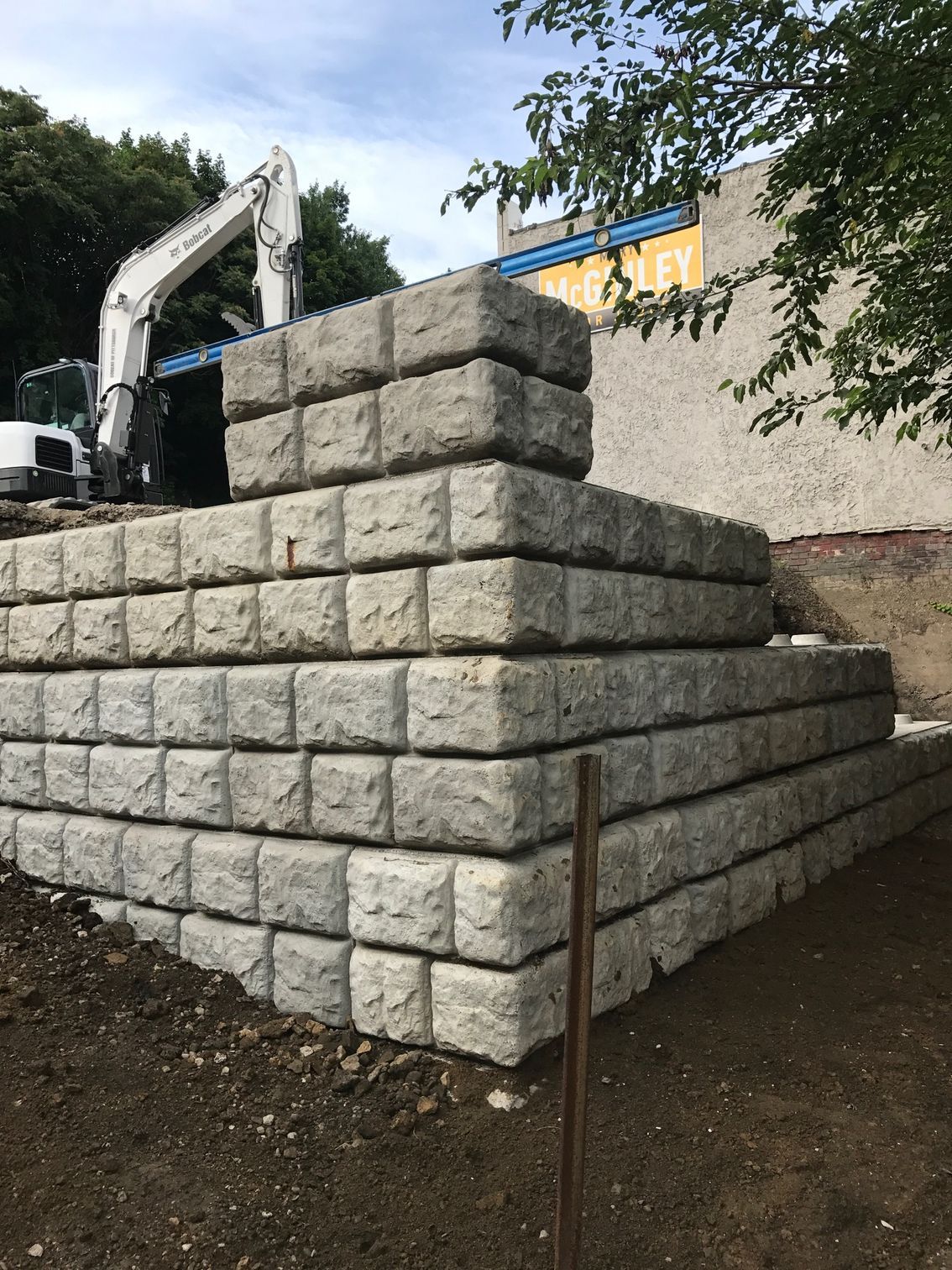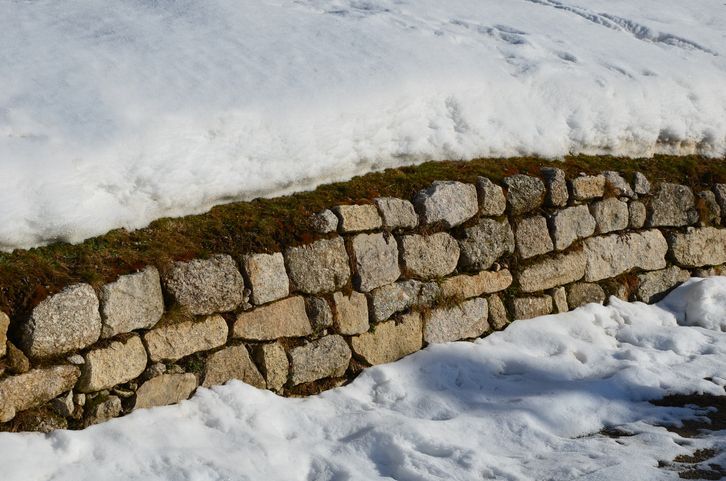Enhance Your Retaining Wall Installation in South Hills with Greenery

How to Add Greenery to Your Retaining Wall for a Natural Look
Retaining walls are a fantastic way to add structure and functionality to your outdoor space. However, without a touch of greenery, they can sometimes appear stark and industrial. By incorporating plants into your retaining wall design, you can transform a simple structure into a lush, natural landscape feature. In this guide, we'll explore how to add greenery to your retaining wall for a more inviting and organic look, perfect for enhancing any South Hills property.
Why Add Greenery to Your Retaining Wall?
Adding greenery to your retaining wall is more than just an aesthetic choice; it has numerous benefits that can enhance both the look and function of your landscape.
Aesthetic Appeal:
One of the most immediate benefits is the visual transformation. Greenery softens the hard lines of stone or concrete walls, blending the structure into the surrounding environment. This integration creates a more harmonious and natural appearance, making your outdoor space feel more welcoming and serene.
Environmental Benefits:
Plants contribute positively to the environment by improving air quality, reducing the urban heat island effect, and providing habitats for local wildlife. By planting greenery on your retaining wall, you are also helping to stabilize the soil, which can reduce erosion and improve the overall health of your landscape.
Property Value:
A well-maintained and beautifully landscaped property can significantly increase in value. Retaining walls with integrated greenery are a desirable feature that can make your property more attractive to potential buyers, should you ever decide to sell.
Choosing the Right Plants for Your Retaining Wall
Selecting the right plants is crucial to ensuring that your retaining wall looks great throughout the year. The South Hills climate, with its distinct seasons, requires plants that can withstand varying conditions.
Drought-Resistant Species:
Drought-resistant plants are a great choice for retaining walls as they require less water and are more likely to thrive with minimal maintenance. Examples include sedum and hens-and-chicks, which are both hardy and visually appealing.
Trailing Plants:
Trailing plants, such as English ivy or creeping Jenny, are ideal for adding a cascading effect to your retaining wall. These plants naturally drape over the edges, softening the appearance of the wall and adding layers of visual interest.
Flowering Plants:
To add color and seasonal interest, consider incorporating flowering plants like lavender or periwinkle. These plants not only provide a pop of color but also attract pollinators such as bees and butterflies, further enhancing the ecological value of your garden.
Native Plants:
Native plants are always a good choice as they are well adapted to the local climate and soil conditions. They require less maintenance and are more resilient to pests and diseases. Examples of native plants suitable for South Hills include Eastern columbine and wild ginger.
How to Plant Greenery in Retaining Walls
Incorporating plants into your retaining wall is a straightforward process, but it does require some planning and preparation to ensure the best results.
Step 1: Planning and Preparation
Before you begin planting, consider the layout and design of your wall. Decide where you want to place the plants, taking into account the amount of sunlight each section of the wall receives. It’s also important to choose plants that will thrive in the conditions specific to each area of the wall.
Step 2: Soil Preparation
The success of your plants largely depends on the quality of the soil. Retaining walls often require a special soil mix that provides good drainage while retaining enough moisture for the plants. A mixture of topsoil, compost, and coarse sand is usually ideal. Ensure that the soil is well-compacted in the planting pockets to prevent erosion.
Step 3: Planting Techniques
When planting, make sure to position the plants at the correct depth, with the root ball level with the soil surface. Gently firm the soil around the roots to eliminate air pockets and provide stability. If planting trailing plants, position them closer to the edge of the wall so they can cascade downwards naturally.
Step 4: Watering and Mulching
After planting, water the plants thoroughly to help them establish. Adding a layer of mulch around the base of the plants can help retain moisture, suppress weeds, and improve the overall health of the soil.
Soil and Watering Considerations
Proper Soil Mix:
Retaining walls can present unique challenges when it comes to soil conditions. It’s essential to use a soil mix that provides excellent drainage, especially if your wall is made of materials like concrete, which can hold water. Poor drainage can lead to waterlogged soil, which may cause root rot and other plant diseases. Incorporating organic matter such as compost can improve soil structure and fertility.
Watering Needs:
Watering is another critical factor. Newly planted greenery requires regular watering until it establishes a strong root system. After that, the frequency of watering can be reduced, especially if you’ve chosen drought-resistant plants. It’s also important to consider the wall's drainage system; make sure it’s functioning properly to prevent water from pooling at the base of the wall or within the planting pockets.
Maintenance Tips for Retaining Wall Greenery
Maintaining the plants on your retaining wall is crucial to ensuring they continue to thrive and enhance the beauty of your landscape.
Regular Pruning:
Pruning is essential to keep your plants healthy and looking their best. Remove any dead or diseased branches regularly, and trim back overgrown plants to maintain the desired shape and size. Pruning also encourages new growth, which can make your plants fuller and more vibrant.
Fertilizing:
To promote healthy growth, fertilize your plants at the beginning of the growing season. Use a balanced fertilizer that provides essential nutrients like nitrogen, phosphorus, and potassium. Be careful not to over-fertilize, as this can lead to excessive growth that may be difficult to manage.
Pest Control:
Monitor your plants for signs of pests such as aphids, slugs, or caterpillars. If you notice any infestations, take action promptly to prevent damage. Organic pest control methods, such as neem oil or insecticidal soap, are often effective and environmentally friendly.
Seasonal Care:
Different plants have varying seasonal needs. In the South Hills area, where winters can be cold, it’s important to protect sensitive plants from frost. Consider covering them with burlap or providing additional mulch to insulate the roots. In the spring, remove any protective coverings and trim back dead growth to encourage new shoots.
Incorporating greenery into your retaining wall is a simple yet effective way to enhance the beauty and functionality of your outdoor space. By carefully selecting the right plants, ensuring proper soil and watering conditions, and maintaining your greenery throughout the year, you can create a stunning natural landscape feature that complements your South Hills property.
Whether you’re a DIY enthusiast or prefer to hire professionals, J Bird's Landscaping & Excavating LLC is here to help you achieve the perfect balance of structure and nature in your landscape design. Contact us today to learn more about our retaining wall installation services in South Hills and how we can help you bring your outdoor vision to life.
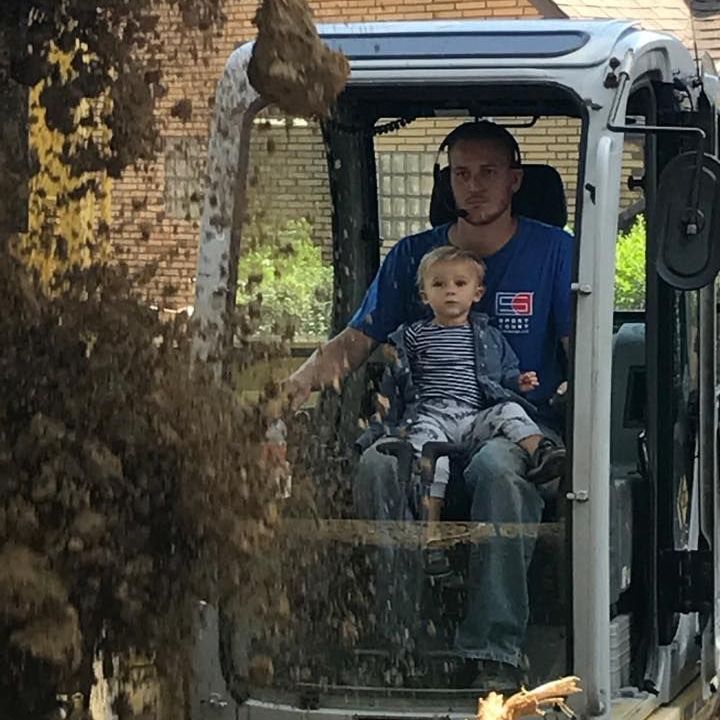
Author: Jay Nagy
Owner & Founded of J Bird's Landscaping. 18+ Years of experience in Pittsburgh lawn cutting, patio installation, trucking/hauling, French drain installation, and other landscape/design services.
More Posts from J Bird's Landscaping
